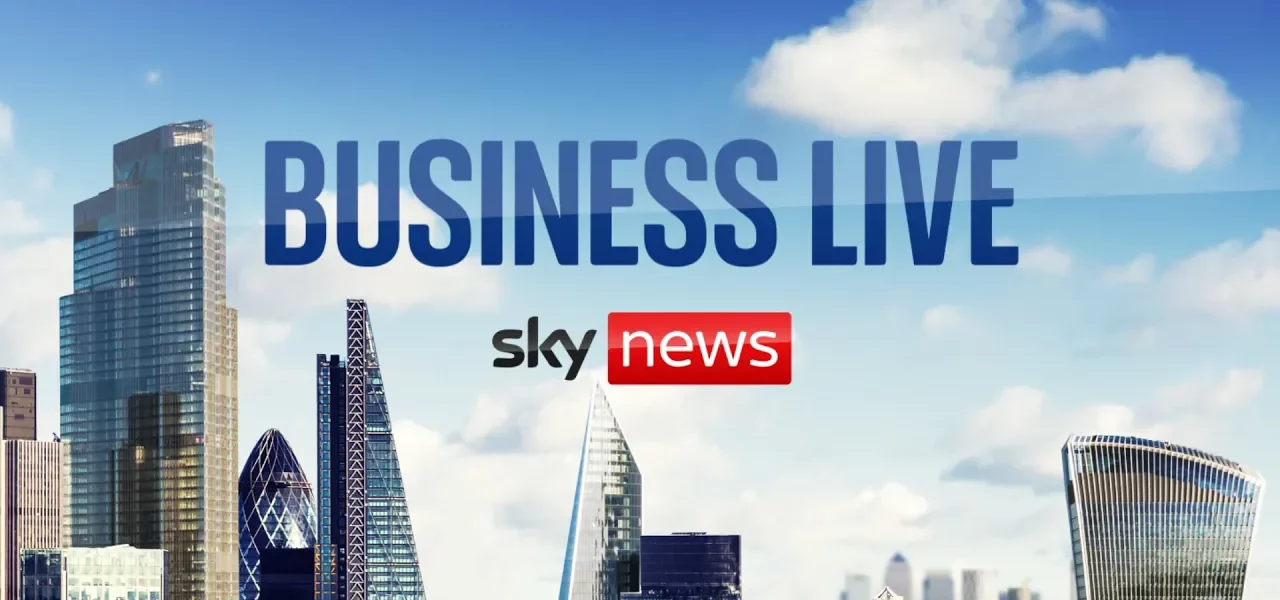UK Retail Sales and Economic Insights: August 2023 Analysis

This article provides a comprehensive overview of the recent UK retail sales data, public sector net borrowing, and consumer confidence trends, featuring expert insights from industry analysts.
Introduction
In August 2023, the UK economy displayed a mixture of positive and concerning trends as highlighted by the latest data releases. Retail sales witnessed a surprising increase, largely driven by favorable weather conditions, while public sector net borrowing figures raised alarms among economists. This article delves into these key economic indicators, examining their implications for the UK’s financial landscape and consumer behavior.
Retail Sales Surge in August
Retail sales in the UK rose by 1% in August, marking the highest level since July 2022. The increase was primarily fueled by a late summer burst of sunshine that encouraged spending in various sectors.
Key Drivers of Retail Sales Growth
- Weather Influence: The warmer temperatures prompted consumers to purchase summer clothing and outdoor food and drink products.
- Retailer Promotions: Many retailers engaged in sales promotions, enticing consumers to take advantage of discounted prices.
- Consumer Behavior Shifts: Shoppers are increasingly price-conscious, seeking bargains which impact retailer profit margins.
Implications for Retailers
While the uptick in retail sales is positive news for the economy and could contribute to GDP growth in the third quarter, it poses challenges for retailers:
- Potential Margin Compression: If consumers primarily purchase discounted items, retailers may face squeezed profit margins.
- Increased Competition: Retailers must adapt to the savvy consumer who prioritizes value over brand loyalty.
- Future Sales Forecasts: Retailers will need to monitor consumer sentiment closely as they approach the crucial holiday shopping season.
Public Sector Net Borrowing Concerns
In stark contrast to the retail sales data, public sector net borrowing for August reported a significant increase, reaching £13.7 billion, which was £2.5 billion worse than forecasts.
Understanding the Borrowing Figures
This unexpected rise in borrowing coincides with the UK debt-to-GDP ratio surpassing 100%, a psychological threshold that can affect investor confidence.
Government Response and Challenges
- Policy Decisions: Chancellor Rachel Reeves faces tough choices on whether to increase support for pensioners or focus on reducing national debt.
- Market Sensitivity: High debt levels can lead to volatility in investor confidence, as seen in previous economic downturns.
- Public Sector Wage Increases: Recent wage hikes have contributed to elevated borrowing levels, necessitating careful fiscal management.
Consumer Confidence Trends
Consumer confidence, as measured by GfK, showed a concerning decline, dropping by seven points to a score of -29. This data indicates a shift in consumer sentiment regarding economic expectations.
Factors Influencing Consumer Confidence
- Economic Outlook: Consumers expressed worries about the economy’s trajectory over the next 12 months.
- Personal Financial Concerns: Individuals are increasingly cautious about their financial situations, leading to restrained spending.
The Impact of Consumer Confidence on the Economy
Weak consumer confidence can have a cascading effect on the economy, particularly as the critical holiday shopping season approaches:
- Reduced Spending: Consumers may prioritize essential purchases over discretionary spending.
- Economic Slowdown: Persistently low confidence could hinder economic momentum and recovery efforts.
- Investment in Essentials: Households are focusing on everyday expenses, limiting larger purchases such as appliances and electronics.
Conclusion
The mixed signals from retail sales growth and declining consumer confidence, coupled with rising public sector borrowing, paint a complex picture of the UK economy. While there are positive developments, significant challenges remain. Economists and policymakers must navigate these dynamics carefully to foster a stable economic environment moving forward. For more insights on UK economic trends and retail forecasts, explore our related articles on consumer behavior and fiscal policy.
“`




